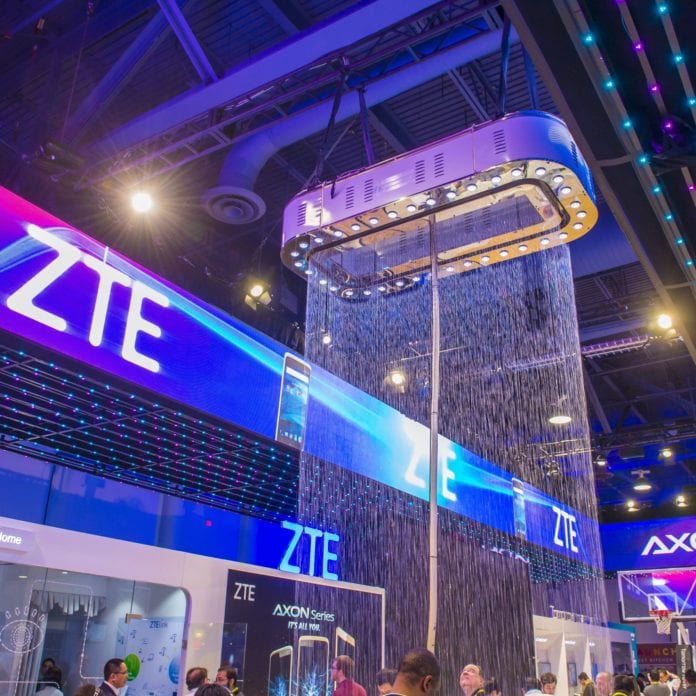U.S ban on ZTE could also negatively impact China’s 5G program
Chinese vendor ZTE’s business could be heavily impacted if the company fails to reach an agreement with the U.S government over a ban which prohibits U.S companies from exporting components to ZTE for a seven-year period, Earl Lum of EJL Wireless Research told RCR Wireless News.
“If ZTE can work out a deal, the question is how long will it take and how much more money will they need to pay. If it takes six months or more, then their business will be heavily impacted,” Lum said.
The analyst also said that a potential deal with the U.S authorities could cost ZTE nearly $1 billion and would likely include audits by the U.S government.
The U.S. Department of Commerce has banned American companies from selling telecommunications equipment to ZTE after the firm allegedly did not live up to the terms of an agreement that had been worked out after it illegally shipped telecom equipment to Iran and North Korea.
The government’s order, which went into effect immediately, bans American firms from exporting components directly to ZTE or through a third country until March 13, 2025.
Lum estimated that ZTE will be able to continue to ship product for most of the second quarter, depending on its inventory of key critical components.
The analyst also highlighted that the ban on ZTE would potentially affect China’s 5G program.
“The impact on China’s 5G program would be that Huawei will be the lead going forward, with Datang Telecom being pushed up to try to fill the void from ZTE. While Datang Telecom has decent technology, they remain a distant third to ZTE in [research and development] and revenues, so how quickly can they speed up 5G development is unknown,” Lum said.
“Huawei can fill the void in China for the NB-IoT upgrades by supplying equipment, but it isn’t that easy since certain provinces are ZTE only. It would require extensive work to allow Huawei eNodeBs to be hooked into the current ZTE core as an overlay without deploying a complete second network in the same province,” Lum said.
He added that Chinese operators will probably wait to see how this situation evolves.
Meanwhile, ZTE said it was “assessing the full range of potential implications that this event has on the company and is communicating with relevant parties proactively in order to respond accordingly.”
“The company takes the U.S ban seriously and has immediately set up a crisis team, with every division analysing and coming up with measures to deal with the crisis,” ZTE’s chairman Yin Yimin said in an internal memo to employees, according to a report by the South China Morning Post.

